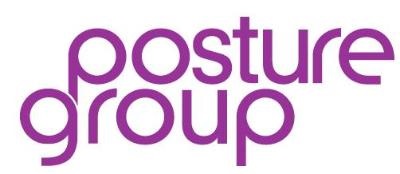 Add My Company
Add My Company
Sign In
COVID-19 E-Learning Health and Safety
04-10-2020

The global number of confirmed cases of COVID-19 has now reached 19,260,911. COVID-19 is mainly spread through close contact between people via small droplets produced by coughing, sneezing, etc. The fall of droplets to the ground or onto surfaces rather than traveling through air over long distances has led to its spread at a severe rate. COVID‑19 affects the lungs as it accesses host cells via the enzyme angiotensin-converting enzyme, which is abundant in type II alveolar cells of the lungs.
Maintaining Health through E-Learning
Various health websites provide e-learning material regarding protecting ourselves from this pandemic. These websites provide a general introduction to Acute Respiratory Infections (ARIs) and basic hygiene measures to protect against infection. This enables us to describe basic information about ARIs including what they are, how they are transmitted, how to assess the risk of infection, and list basic hygiene measures to protect against viruses. The COVID-19 e-learning is intended:
•For UN country teams (UNCTs)
•For other relevant stakeholders, donors, and civil society
•To assist national readiness and preparedness for COVID-19
•To help countries enhance their capacity to respond to COVID-19
•To increase international unity for response and preparedness
•To streamline the process of co-ordinating resources and evaluating country preparedness level.
COVID-19 E-Learning Course and Training by the World Health Organisation
By accessing the training, we are able to access Severe Acute Respiratory Infection (SARI) Treatment Facility Design. Screening areas, treatment centres, and community facilities are included in the strategic priorities for Severe Acute infestation outbreak preparedness, readiness, and response. The SARI Facilities training package has been generated to meet the operational needs emerging with the COVID-19 pandemic. It provides a complete understanding of the propositions driving the design process of COVID-19 screening areas for health care facilities, community facilities, and SARI treatment centres, including how to re-process an existing building into a SARI treatment centre.
Most of the viruses are preventable through good hand hygiene: cleaning hands at the right times and in the right way. The WHO guidelines on hand hygiene in health care aid hand hygiene promotion and improvement in health care facilities worldwide, and are complemented by the WHO multimodal hand hygiene development strategy, the guide to implementation, and implementation toolkit, which contains many ready-to-use practical tools. E-learning has been prepared to help summarise the WHO guidelines on hand hygiene, associated tools, and ideas for effective implementation.
For more information on COVID-19 E-Learning Health and Safety talk to Relaxa Posture Group
Enquire Now
More Blogs
List your company on FindTheNeedle.
